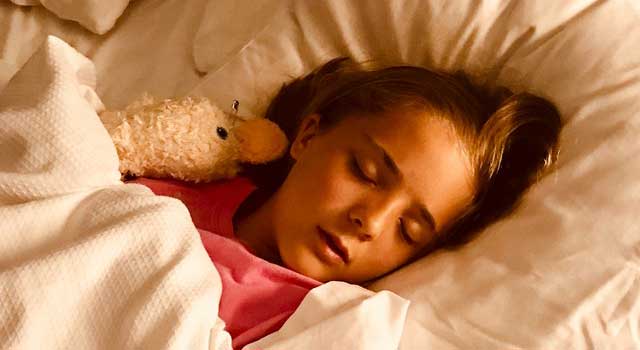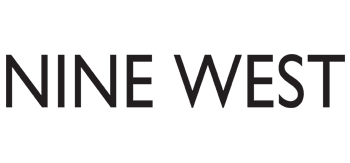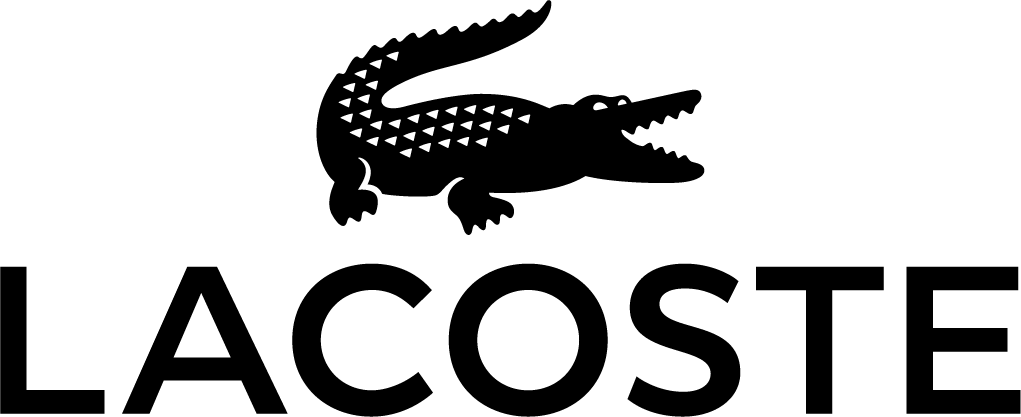
Your child does not answer, and you can feel the tension in their body rising as they squint their eyes. They honestly can’t read the chart! The optometrist remains calm and assures your child that it’s okay. For you, however, this may be a very distressing moment.
Next, the optometrist explains to you that your child belongs to the 40% of North Americans with myopia - nearsightedness. To prevent the condition from rapidly progressing, the doctor suggests a treatment called orthokeratology. You’ve likely never heard of such treatment and wonder whatever happened to traditional eyeglasses.
Ortho-K Has High Success Rates in Slowing Down Myopia
Today it is commonly agreed that correcting nearsighted vision is not enough. Myopia progresses during childhood, and young adults may find themselves with high levels of myopia, and at risk of developing severe eye diseases. Among them are retinal detachment, myopic macular degeneration, and glaucoma, conditions that can lead to vision loss or even blindness later in life.
Fortunately, modern optometry offers a variety of treatments to manage myopia and keep it from progressing to dangerous levels. Orthokeratology (ortho-k) has proven highly successful and is convenient for the wearer. Studies show a 36-56% slower progression of myopia in children treated with ortho-k compared to other options that have some to marginal success rates.
What Makes Ortho-K Unique?
Ortho-k is often referred to as corneal reshaping therapy. It utilizes a therapeutic contact lens rather than corrective lenses. Children as young as 6 can wear the ortho-k lens overnight to provide them with perfect vision during the day. The concept is similar to how dentists use braces, only that braces gradually induce permanent changes, while ortho-k lenses induce temporary changes that last through the following day. This is why Ortho-K is reversible & safe for nearly any age.
Reshaping is accomplished by wearing custom-made rigid contact lenses overnight, while your child is asleep. In the morning, your child removes the lenses, and the cornea maintains its new shape for up to 72 hours. Clear vision is achieved through an altered corneal shape rather than a visual aid.
Ortho-K Is Becoming the Standard for Myopia Management
Ortho-k has been available for more than half a century and has been gaining popularity in recent years thanks to advanced technologies, higher efficiency, and easier handling. Optometrists, such as Dr. Carole Burns have a digital corneal topographer—a device that measures and maps the corneal surface—in their practice. This allows them to carry out all necessary examinations for precise custom-shaped lenses, designed to meet your child’s prescription requirements with high accuracy.
Another reason ortho-k lenses are popular: they’re extremely convenient. Eyeglasses have never been popular among children, and regular contact lenses can move around in the eye and even get lost during play. Because children wear ortho-k lenses only when they sleep, and don’t need lenses or glasses during the day, they can go about their day unencumbered.
Ways to Manage Myopia
Four main treatments can slow down the progression of myopia. Each has its advantages and is suitable for different circumstances.
- Orthokeratology - overnight contact lenses that reshape the cornea and provide clear vision during the day have proven to slow down myopia progression. Because the lenses are worn only at night, the child is free of glasses or contacts throughout the day.
- Atropine eye drops - applying low-dose atropine eye drops once a day has been shown to slow down myopia progression. There are few side-effects of this medication, and the eye drops can be used in combination with corrective lenses.
- Contact Lenses - a specific type of contact lens, called a distance center multifocal soft contact lens, can slow down myopia progression.
- Multifocal lenses - both multifocal glasses and conventional multifocal soft contact lenses can slow down myopia progression to some extent.
Several factors need to be taken into consideration when determining whether ortho-k is a suitable option for your child. These include age, myopia level, and general eye health. Many optometrists prefer ortho-k; however, they may recommend any of the methods mentioned above after assessing the best way to manage your child’s myopia. At Myopia Management Clinic At Professional Vision Care we will help you find the best possible option for your child. Schedule an eye exam with Dr. Carole Burns to evaluate how to best prevent myopia from progressing and be comfortable at the same time.
Resources:
https://clinicaltrials.gov/ct2/show/NCT03465748































